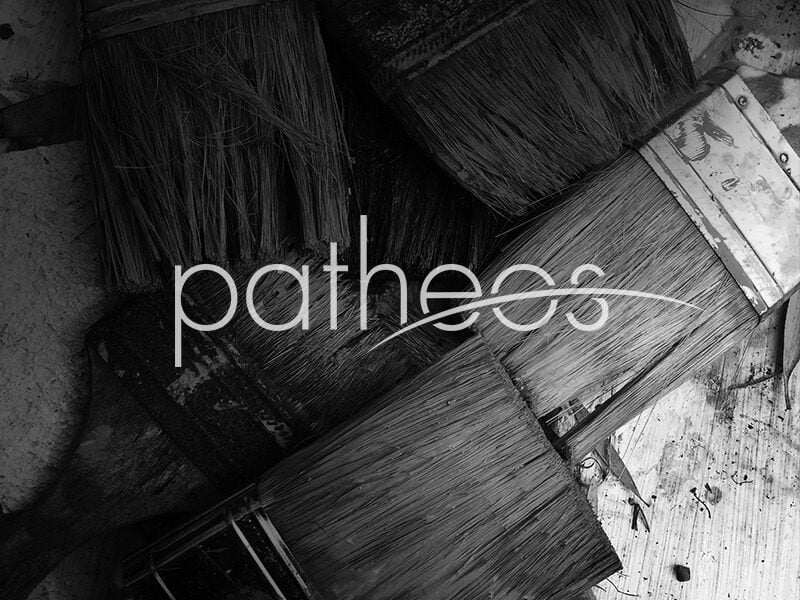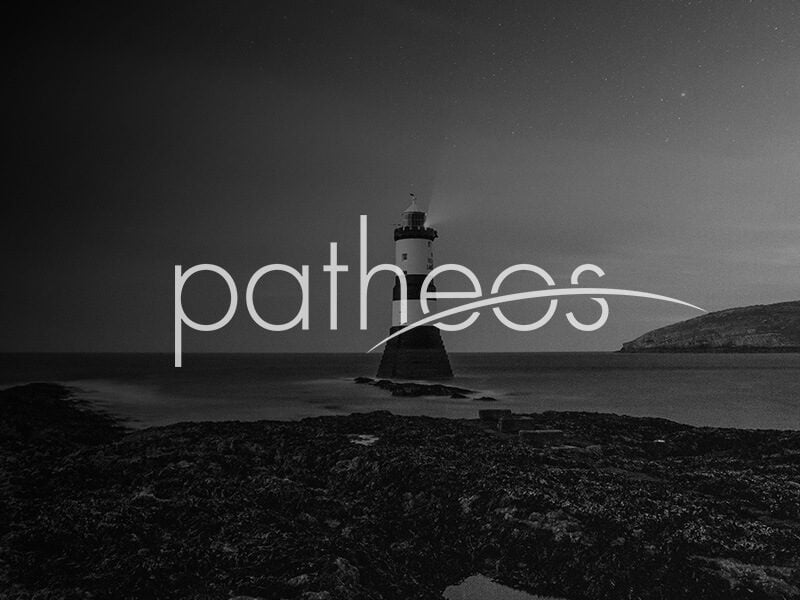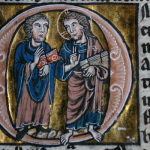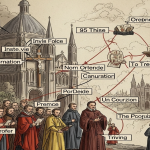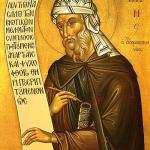Last updated on: April 4, 2017 at 9:04 am
By
CNA Daily News
Detroit, Mich., Apr 4, 2017 / 03:04 am (CNA/EWTN News).- Earlier this year, the International Marian Association submitted a request to Pope Francis, asking for the public recognition of the title of Mary as “Co-Redemptrix with Jesus the Redeemer.” The 10-page document was submitted by the Theological Commission of the International Marian Association, a group of more than 100 theologians, bishops, priests, religious, and lay leaders from over 20 countries dedicated to the “full truth and love of Mary, Mother of Jesus.” It comes during the 100th year anniversary of the Marian apparitions at Fatima, Portugal. The significance of the request, if it were to receive approval, is that the faithful would be given further clarity on Mary’s unique role in cooperation with Christ in the work of redemption, Dr. Robert Fastiggi, Professor of Mariology at Sacred Heart Seminary in Detroit, told CNA. “I think many people sense the spread of evil in the world and see the importance of highlighting Mary’s role as spiritual Mother,” Dr. Fastiggi said in e-mail comments. “A papal statement on Marian coredemption would deepen our understanding of Mary’s role as the New Eve who collaborates with her Son, the New Adam, ‘in giving back supernatural life to souls,’” he added, referring to the Vatican II document Lumen Gentium. The title can be traced back to the 10th century, when some Marian litanies included the title of Mary as Redemptrix, along with her son. It was a development of the idea of Mary as the “New Eve,” a Marian title that has been used since the 2nd century. The prefix of “co-” was added by the 15th century, to clarify that Mary was not the Redeemer, but rather someone who uniquely cooperated in the work of redemption. “The Co-Redemptrix title never places Mary on a level of equality with Jesus Christ, the only divine Redeemer, as to do so would constitute both heresy and blasphemy,” the Association stated in a press release announcing the request. “The Co-Redemptrix title is meaningless without Jesus the Redeemer, and in itself focuses upon the Cross of Jesus Christ. Mary Co-Redemptrix proclaims to the world that suffering is redemptive when united to the sufferings of Christ.” After the prefix was added, title continued to catch on, so much so that the 17th century considered the “golden age” of the title of Mary as Co-Redemptrix. Still, it didn’t receive magisterial recognition until 1908, when the Sacred Congregation for Rites used it in a decree elevating the rank of the Feast of the Seven Sorrows of Mary. Since then, it has been referenced multiple times by the Magisterium, including during the second Vatican council, which ultimately decided against any formal recognition of the title in the document Lumen Gentium. “The term, however was not rejected because it was false. In the praenotanda or explanatory note that accompanied the first Marian schema of 1962, we are told that, ‘Certain terms and expressions used by Roman Pontiffs have been omitted, which, although most true in themselves (in se verissima), may be difficult for the separated brethren (as in the case of the Protestants) to understand,’” Dr. Fastiggi explained. “The Council, therefore, recognized the importance of further development and clarification on certain points of Marian doctrine. A papal statement on Marian co-redemption would provide greater clarity on Mary’s unique cooperation with Christ in the work of redemption and the mediation of grace. It would also open the way for many graces in the life of the Church.” Popes often grant formal papal recognition to help deepen the theological understanding of the faithful, such as when Bl. Pope Paul VI proclaimed Mary as “Mother of the Church” in 1964. “The invocation of Mary under various titles like ‘Mother of God’ and ‘Help of Christians’ reinforces Mary’s role in the mystery of salvation,” Dr. Fastiggi noted. Unfortunately, Dr. Fastiggi said, many Catholics are unaware of the recognition that the title “Co-Redemptrix” has already received so much informal recognition from the magisterium. “Some are even under the impression that we are not allowed to call Mary ‘Co-Redemptrix’—even though two popes, namely Pius XI (3 times) and St. John Paul II (at least 6 times), have publicly referred to Mary as ‘Co-Redemptrix,’” he said. And while there are concerns that the title could further confuse Protestants and others who disagree with Catholic teaching on Mary, Dr. Fastiggi believes a formal recognition of the title would actually help with further clarification. “A formal papal statement would also serve the cause of ecumenism because it would help other Christians know that the Catholic Church clearly distinguishes between the saving work of Christ as the one Savior and Mediator (1 Tim 2: 5–6) and the Blessed Mother’s secondary, dependent but utterly unique cooperation with Christ in the work of redemption and the mediation of grace,” he said. In a press release announcing the request, the International Marian Association said: “We believe that a public acknowledgement of Mary’s true and continuous role with Jesus in the saving work of Redemption would justly celebrate the role of humanity in God's saving plan; foster greater devotion to the Mother of God; and lead to the release of historic graces through an even more powerful exercise of Our Lady’s maternal roles of intercession for the Church and for all humanity today.” While the request could lead to a new Marian dogma, Dr. Fastiggi said the Association would likely be happy with any form of formal papal recognition of the title. “The members of Association realize that it’s up to the Holy Spirit to guide the Holy Father with regard to this petition. In this regard, prayer and trust are essential,” he said. “We trust in the Holy Spirit, the Holy Father, and the prayers of the Blessed Virgin Mary, who is our spiritual Mother. May God’s will be done.” This article was originally published on CNA Jan. 29, 2017. Read more






